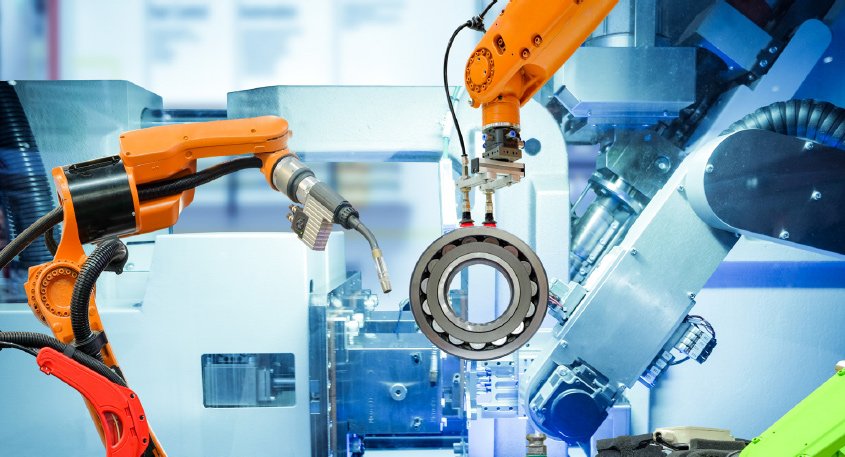Imagine you spend all day hard at work in a continuous flow of production. You go home feeling happy and content, pleased with the contributions you have made to the company’s bottom line. But then you receive a phone call from your boss who is rather displeased at the company’s results and is asking you why you have been so unproductive.
You feel like maybe you are living in an alternate reality – one in which you believe you are being productive but something is preventing the results from being what they should.
This is exactly what happens in many factories. There is actually a “hidden factory” that runs in parallel to the visible operation. The term “hidden factory” refers to workarounds, double-work and other wasteful actions that end up draining the bottom line.
The reason why it’s “hidden” is that the various workarounds are not immediately obvious, but their impact on the bottom line builds up over time. For example – let’s say that a machine somewhere in the middle of the production line creates a minor defect – let’s call it a tiny dent – in its product. A worker notices this and determines a quick fix of picking up the item off the line, tapping out the dent with a finger and returning it to the line. A micro-process that takes 3-5 seconds. Sounds like no big deal, right? But those 3-5 seconds add up to a lot of wasted time in the course of the whole week or month or year. And, this type of thing is probably happening all over the assembly line, not just in one place.
Think about the overall impact on a factory’s productivity if a workaround like the one above takes place at any number of stops along the assembly line. Now consider your own factory – can you think of things you have noticed that may be evidence of a hidden factory?
Helpful Hints
In trying uncover your own hidden factory, consider these four categories into which most production loss can be divided:
1. Schedule Loss – perhaps there are unrealized gaps in the schedule and there are times when the production line could be running but is not simply because no one has scheduled that time. This one is probably the easiest problem to identify and fix because it may just be a matter of checking the calendar and noticing any gaps.
2. Availability Loss – your factory may have scheduling down perfectly and everyone is in place for maximum efficiency, but for some reason there’s one (or more) machine in the line that is not working when it should. This could mean a malfunction with a particular machine. If a worker decides it is easier to just bypass that machine and create another workaround “temporarily,” that temporary fix could become the new norm, adding time to the production process. And as we know, time is money and in the case of production lines, more time translates to less profit in the bottom line.
3. Performance Loss – even if all of the machines are working at the times that they are meant to be, if just one machine slows down and is not working at peak capacity, it will impact the entire production line (this is also known as a bottleneck and is the topic of another post). Again, while a quick fix may just add a few seconds to the process, those seconds add up to minutes and hours.
4. Quality Loss – finally, you may have the perfect schedule, every machine working when it should and as fast it should. But, remember the example from above about the machine that makes a tiny dent in each item it processes? If that happens and a workaround is created instead of fixing the actual problem then more time is added to the production line, decreasing efficiency and decreasing the bottom line.
The truth is that no factory is immune from the hidden factory. You may think you do not have a hidden factory because your process seems to be working and you are making a profit. But remember – you cannot fix problems that you do not know exist. It is worth taking the time to look for those problems that you may be unaware of.
As Henry Ford once said, “quality means doing it right when no one is looking.” Uncovering your hidden factory and then addressing the inefficiencies you find means you are committed to producing the highest quality for your customers in the most effective and efficient way which means lower costs for them and higher profits for you. A win-win for everyone.


